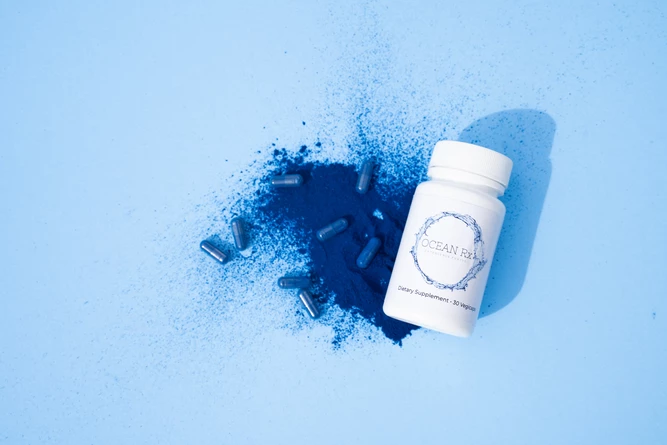Updated: Sep 18, 2020
Have you ever wondered what your skin is actually made up of and why some ingredients are important in the skin care industry? Let’s dig a little deeper!
There are layers to the skin and two major ones, the epidermis and the dermis. The epidermis is the outer layer and is composed of other layers and have direct exposure to the environment. For example, the stratum corneum is the outermost layer of the epidermis and sheds every 28 days. The skin is very biologically active and needs specific molecules to function optimally and regulate how the skin cells turn over, stick together and maintain an epidermal barrier. These components that help maintain the epidermis are a combination of ceramides, free fatty acids, and cholesterol.
Ceramides are found primarily in the stratum corneum and have the main function of regulating skin cell turnover and helping to keep the skin cells tightly together to prevent water loss (and also keep infection out). I want you to think of it like bricks and mortar where the bricks are the skin cells and the mortar are the ceramides. Are you getting enough mortar daily?
Many known skin disorders have been related to a decrease in the number of ceramides such as eczema or atopic dermatitis. This results in a decrease in the barrier function of the skin. Rosacea is also a condition with a disruption of skin the barrier so it important to wear a moisturizer daily. If you suffer from these conditions, you may benefit from a ceramide-based moisturizer such as CeraVe or Cetaphil Pro. It is also known that aging can decrease the ceramide content in the skin, so be sure to include a ceramide-based moisturizer now as part of your daily anti-aging routine!
Diva Tip:
It is best to get a ceramide based moisturizer on within 5 minutes of getting out of the shower or bath to help lock in the moisture! Make sure you do this to your face and body EVERY day of the year!!!
MUAH!????
Taking a Closer Look at Ceramides.



